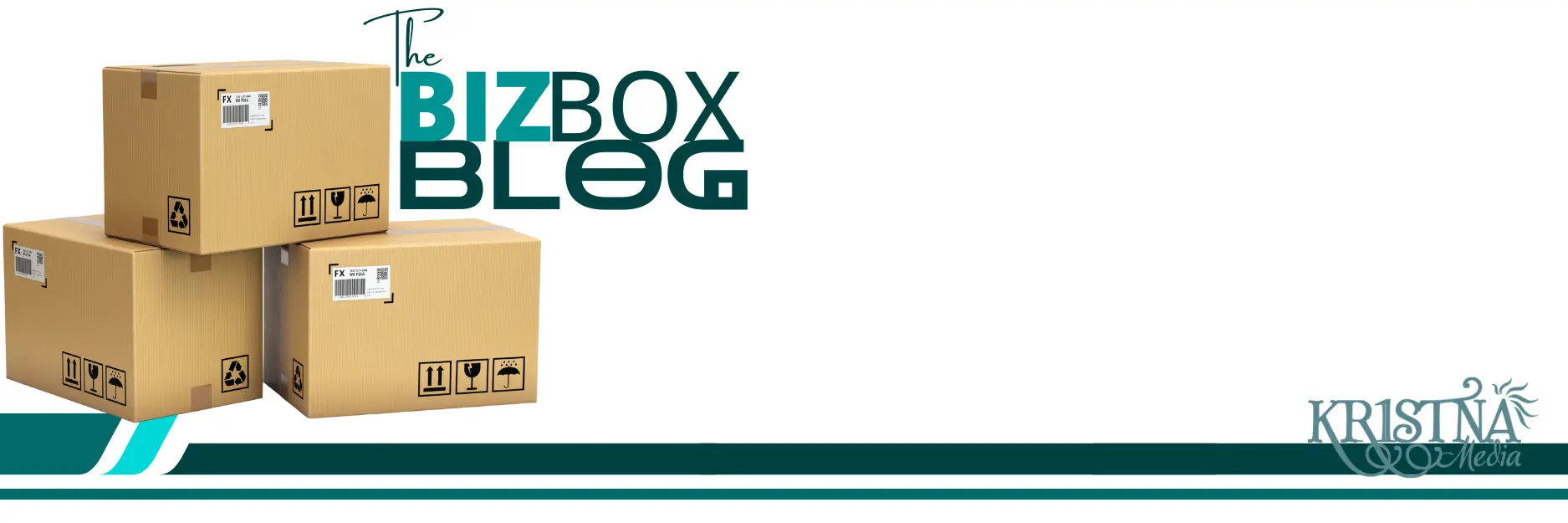Stop Losing Clients – Here’s the Hard Truth About Customer Retention
You’re spending all your time and money on acquiring new customers, but what about the ones you already have? It’s easy to get swept up in the thrill of new business, but ignoring customer retention is like trying to fill a leaky bucket—you’ll end up wasting resources while your competition swoops in and wins over your dissatisfied customers. So, stop losing clients!
According to research by Bain & Company, increasing customer retention rates by just 5% can boost profits by 25% to 95%. Let that sink in. Retention isn’t just a nice-to-have; it’s a fundamental driver of growth and sustainability.
So, how do you stop losing clients aka “the leaks” and keep your customers coming back for more? Here’s how to build a killer retention strategy that actually works.
1. Understand Why Customers Leave (Spoiler: It’s Not Always About Price)
First things first—figure out why your customers are leaving. It’s not always because they found a cheaper option. Often, it’s because they felt neglected, undervalued, or simply unimpressed with the service they received.
- Reality Check: According to HubSpot, 68% of customers leave because they believe the company doesn’t care about them. That’s a gut punch to any business that prides itself on customer service.
- Action Step: Conduct exit surveys, monitor social media, and listen to customer feedback to understand the real reasons behind churn. Use tools like Qualtrics or SurveyMonkey to gather honest feedback from customers who’ve decided to leave.
2. Build a Customer Feedback Loop and Actually Act on It
Customers love to be heard, and businesses that listen to their customers are more likely to keep them. But don’t just collect feedback for the sake of it—act on it. Show your customers that their opinions matter by making meaningful changes based on their input.
- Quote from the Field: “Your most unhappy customers are your greatest source of learning,” said Bill Gates. Don’t shy away from criticism—embrace it as a tool for improvement.
- Action Step: Implement a closed-loop feedback process where customer feedback is not only collected but also reviewed and acted upon. Follow up with customers to let them know how their feedback was used to make changes. This fosters trust and shows that you value their input.
3. Make It Personal, or Don’t Bother
Generic, one-size-fits-all communication is dead. If you’re sending out mass emails that start with “Dear Customer,” stop right now. Customers crave personalization—they want to feel like more than just a number in your database. So, what are you doing to stop losing clients?
- Statistics: According to Epsilon, 80% of consumers are more likely to do business with a company that offers personalized experiences.
- Action Step: Use data and insights to personalize every touchpoint—emails, social media, customer service interactions, and product recommendations. Tools like Segment, HubSpot, or Salesforce can help you automate personalization at scale.
4. Leverage Loyalty Programs (But Do It Right)
Loyalty programs are great—if they’re done right. A lot of companies throw together a generic points system and call it a day, but customers are smarter than that. A successful loyalty program needs to offer real, tangible value that aligns with what your customers want.
- Example: Starbucks’ Rewards program is one of the most successful loyalty programs out there because it offers customers exactly what they want—free coffee, personalized offers, and the convenience of a mobile app.
- Action Step: Create a loyalty program that’s simple, transparent, and provides value your customers care about. Consider tiered rewards, exclusive offers, and experiential rewards to make your program stand out.
5. Be Proactive, Not Reactive
If you’re only addressing customer concerns after they’ve complained, you’re already behind. To truly retain customers, you need to anticipate their needs and address them before they become issues.
- Example: Amazon excels at this with its proactive approach to customer service. If there’s an issue with your order, you’re often notified before you even realize there’s a problem.
- Action Step: Use data to identify patterns and predict potential issues. Tools like Zendesk and Freshdesk offer analytics features that can help you stay one step ahead and proactively engage with customers.
6. Train Your Team to Be Customer-Centric
Your employees are the front line of your customer experience. If they’re not fully bought into a customer-centric culture, your retention efforts will fail. Invest in training and development that empowers your team to prioritize customer satisfaction in every interaction.
- Quote from the Field: “Customer service shouldn’t just be a department, it should be the entire company,” said Tony Hsieh, the late CEO of Zappos, a company renowned for its exceptional customer service.
- Action Step: Regularly train your team on customer service best practices, and encourage them to go above and beyond for customers. Empower employees with the authority to solve problems quickly and effectively without needing approval from higher-ups.
7. Reward and Recognize Loyal Customers
Your most loyal customers are your biggest advocates. Treat them like VIPs. Offer them exclusive deals, early access to new products, or personalized thank-you notes. Make them feel special and appreciated.
- Example: Apple frequently offers exclusive events and early access to new products for its most loyal customers, making them feel part of an exclusive community.
- Action Step: Identify your top customers and develop a strategy for rewarding and recognizing them. Use CRM tools to segment your customers based on their purchasing history and engagement levels.
8. Stay Relevant by Adapting to Change
The world changes quickly, and customer needs evolve. What worked last year might not work today. To retain customers, you need to stay relevant by continuously adapting to changes in the market, technology, and consumer behavior.
- Example: Netflix continually adapts to customer preferences, offering new content, interactive features, and personalized recommendations to keep viewers engaged.
- Action Step: Monitor industry trends, stay agile, and be ready to pivot your strategy when needed. Don’t be afraid to experiment and try new things.
9. Stop Losing Clients – Make Leaving Hard (But in a Good Way)
This doesn’t mean trapping customers in lengthy contracts or making them jump through hoops to cancel. Instead, make your service so invaluable that customers don’t want to leave. Continuously innovate and add value to your offerings to make staying the obvious choice.
- Example: Adobe transitioned to a subscription-based model for its Creative Cloud, continuously adding new features and updates that make leaving a tough decision for its users.
- Action Step: Regularly evaluate your offerings and identify ways to add value. Whether it’s through new features, better customer support, or exclusive content, make sure you’re constantly giving customers reasons to stay.
Final Word: Retention Is the New Growth
Customer retention isn’t just a strategy—it’s the secret weapon for sustainable growth. It’s time to stop the leaky bucket, retain your customers, and turn them into lifelong advocates for your brand. Focus on the fundamentals: understand their needs, make them feel valued, and continuously innovate to keep them engaged.

Are you ready to stop losing clients and boost your customer retention game? At KR1STNA Media, we help businesses develop strategies that keep customers loyal and engaged. Contact us today to start building your customer retention plan.



